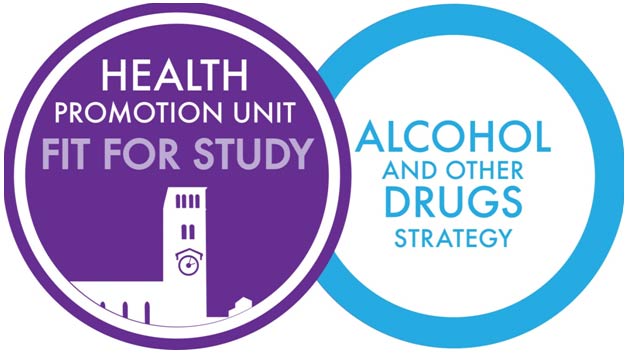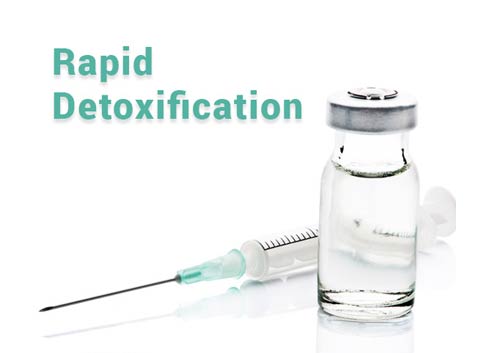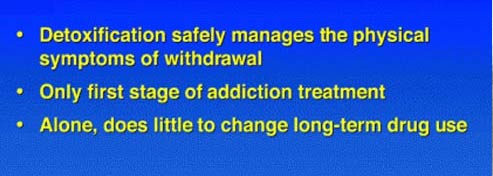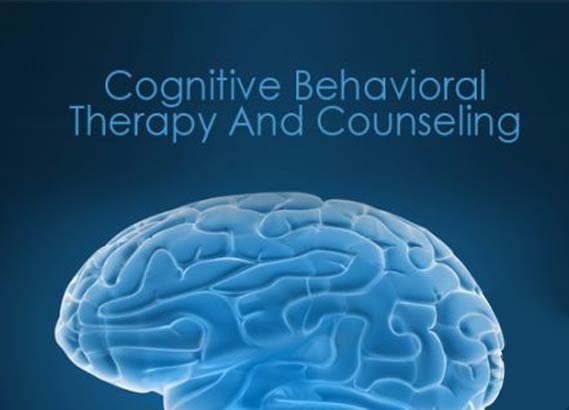Detoxification
Other drugs

GHB sold in Italy for therapeutic use.
Some hospitals administer alcohol to prevent alcohol withdrawal although there are potential problems with this practice.
Various vitamins, especially from the B group, are often used during alcohol withdrawal treatment.
Sodium oxybate is the sodium salt of gamma-hydroxybutyric acid (GHB). It is used for both acute alcohol withdrawal and medium to long-term detoxification. This drug enhances GABA neurotransmission and reduces glutamate levels. It is used in Italy in small amounts under the trade name Alcover.
- Baclofen has been shown in animal studies and in small human studies to enhance detoxification. This drug acts as a GABA B receptor agonist and this may be beneficial.
Drug detoxification (informally, detox) is variously the intervention in a case of physical dependence to a drug; the process and experience of a withdrawal syndrome; and any of various treatments for acute drug overdose.
A detoxification program for physical dependence does not necessarily address the precedents of addiction, social factors, psychological addiction, or the often-complex behavioral issues that intermingle with addiction.
The United States Department of Health and Human Services acknowledges three steps in a drug detoxification process:
- 1. Evaluation: Upon beginning drug detoxification, a patient is first tested to see which specific substances are presently circulating in their bloodstream and the amount. Clinicians also evaluate the patient for potential co-occurring disorders, dual diagnosis, and mental/behavioral issues.
- 2. Stabilization: In this stage, the patient is guided through the process of detoxification. This may be done with or without the use of medications but for the most part the former is more common. Also part of stabilization is explaining to the patient what to expect during treatment and the recovery process. Where appropriate, people close to the addict are brought in at this time to become involved and show support.
- 3. Guiding Patient into Treatment: The last step of the detoxification process is to ready the patient for the actual recovery process. As drug detoxification only deals with the physical dependency and addiction to drugs, it does not address the psychological aspects of drug addiction. This stage entails obtaining agreement from the patient to complete the process by enrolling in a drug rehabilitation program.

Rapid detoxification
The principle of rapid detoxification is to use heavy sedation alongside dosing with opioid antagonists. This approach is expensive, ineffective and extremely dangerous.

Rapid detox controversy
Naltrexone therapy, which critics claim lacks long-term efficacy and can actually be detrimental to a patient's long-term recovery, has led to controversy. Additionally, there have been many questions raised about the ethics as well as safety of rapid detox following a number of deaths resulting from the procedure.
Medical detoxification
Medical detoxification safely manages the acute physical symptoms of withdrawal associated with stopping drug use. However, medical detoxification is only the first stage of addiction treatment and by itself does little to change long-term drug use. Although detoxification alone is rarely sufficient to help addicts achieve long-term abstinence, for some individuals it is a strongly indicated precursor to effective drug addiction treatment


Counseling and other behavioral therapies
Counseling (individual and/or group) and other behavioral therapies are critical components of effective treatment for addiction. In therapy, patients address issues of motivation, build skills to resist drug use, replace drug-using activities with constructive and rewarding nondrug-using activities, and improve problem-solving abilities. Behavioral therapy also facilitates interpersonal relationships and the individual's ability to function in the family and community.

